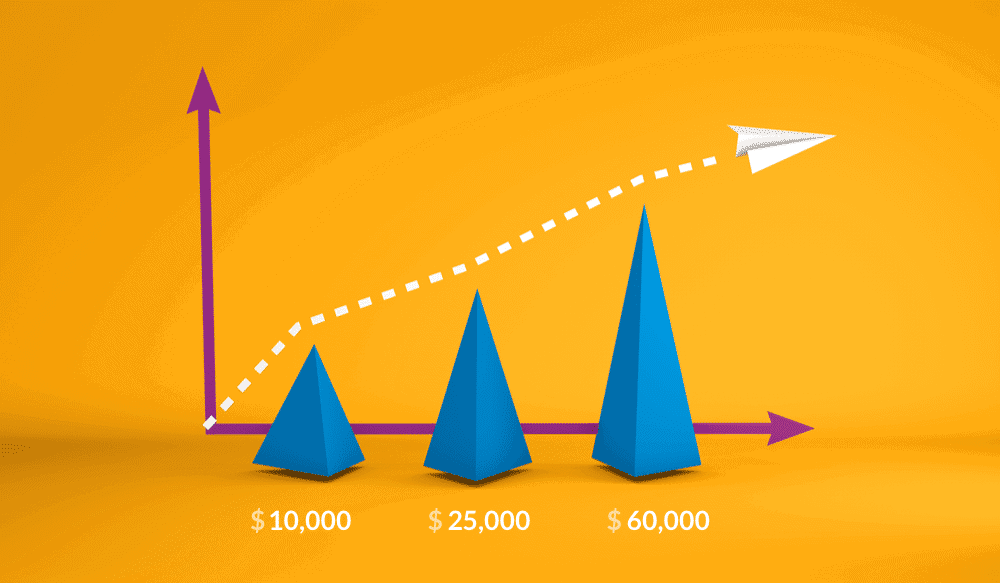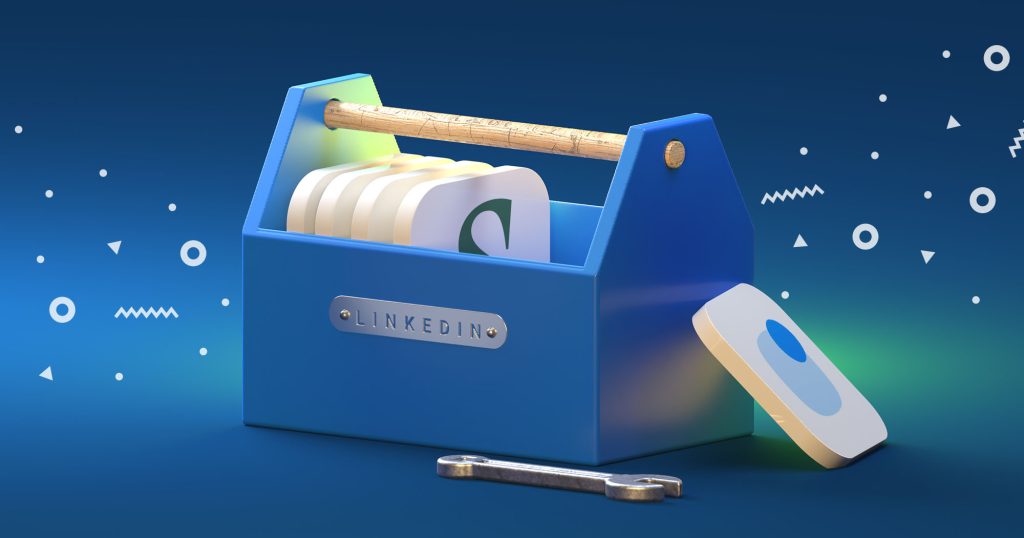When Nish Mahen started his sales career, it was kind of a disaster.
“I was in copier sales, and I was a mess: I would pick up the phone and immediately read from a sales script like a robot. I got shut down so many times!”
Fortunately, thanks to a genuine curiosity about people and a drive to constantly improve his performance, Nish outgrew his initial awkwardness. He looked to his sales managers as mentors, learned from every customer interaction he had, and set actionable goals for himself.
Now Nish is sales manager at Reply.
He’s helped us to grow our user base to over 2,100. Needless to say, he’s learned a thing or two since his copier sales days.
So we sat down to pick Nish’s brain on what users can expect from Reply in terms of the sales process, and tips on how to be a better sales rep.
Important thing: what he has to say about personalization and relationship building can be applied just as easily to outbound email campaigns.
— Who’s the target customer for Reply?
— We started out targeting founders of small startups and SMB audience, but as we increase our capabilities with Reply 3.0, we’re moving into targeting execs at enterprise level companies with large sales teams.
— Where does the sales process begin?
— With most segments, we use inbound marketing, although we sometimes use Reply for cold outreach campaigns. For example, we created an outreach campaign targeting the recruitment industry.
But most of the time we use content marketing and retargeting campaigns in social media to attract visitors to our website, educate, nurture & get them to sign up for a 14-day free trial.
The leads go to our CRM and we split them within our sales team.
That’s when we start using Reply: we create an automated email outreach campaign with a personalized drip series that’s sent directly from each sales rep’s email address. The campaign continues until we get a response either by a reply or a sign-up.
— Walk me through what your drip series looks like.
— We start with a personalized welcome email
“Thanks for giving us a try, I’m Nish from the sales team. If you have any questions or want to learn more about how we work together with businesses to boost sales, feel free to get in touch for a free demo.”
Then we begin the onboarding process by seeding their inboxes with new insights as to how to use the product
“Did you know that you can A/B test your email campaigns? Here’s how.”
or
“Segmenting your email list will increase your conversion rates. Here’s how to set up segments using Reply.”
The point is to keep them returning to the app and learning more about its features by using it or by scheduling a demo with me.
We want to get them to an “Ah-ha” moment when they realize that Reply is the perfect fit for their needs, and if they’re a smaller business, they can upgrade on their own at the end of their trial, or sooner.
If they’re a larger enterprise company, that “Ah-ha” moment turns into a reply to my emails requesting a demonstration.
— How frequently do you send emails?
— Our users are busy people, so we don’t want to bombard them with too much at once. Plus, as with all new software, there’s a learning curve and people zone out if they feel overwhelmed with information.
During the trial, we set up a sequence to go out every day at the beginning to get them engaged and in the habit of using the product. After the first three days, the emails are less frequent– they’re scheduled for every other day. That gives them enough time to try out whatever feature the previous email presented.
As the trial comes to a close, the emails pick up in frequency again to remind them that their trial will be ending and to make sure they get a chance to sign up or request a demo. We also do phone outreach to some accounts, that’ when I act more as a consultant to learn about their challenges and help them discover how Reply can be a solution.
— Walk me through a typical sales call.
— The intro call with a customer is key: I need to establish trust with them so they can see I’m more interested in creating an ongoing relationship than a quick sale.
So I take a consultative approach: I ask questions, discover their pain points, evaluate whether our product is a match for their needs, and make a recommendation.
After that, I provide them with a demonstration that will directly address their unique problems.
For example, if you’re struggling with conversion rates from a large list, I walk you through how to segment a list so your emails will be more relevant to your subscribers based on their interests. I show you how to set up A/B tests to further optimize your email copy or segments to increase conversion rates.
Or if you’re having problems with too many unsubscribes, I’ll show you how to personalize emails so they don’t look like spam.
When we’re done with the demo, I ask more questions to evaluate your decision-making process so we can decide on next steps. I do this for a few reasons:
- It helps me know when to schedule a follow up call or email.
- It gets you in the mindset of making a decision instead of ending the call and putting it on the backburner.
- It shows that I respect your time and needs. If I know you’re a sole decision maker and are in the position to sign up immediately after the demo, great: let’s talk about getting your first campaign set up today. But if you’re with an enterprise-level company, the next step may be to do another demonstration for your sales management team or marketing execs. The point is to keep moving forward in the relationship until the next logical step is a sale.
— How long is a demonstration?
— I’ve found that scheduling 30 minutes is the best way to respect customers’ time and give them enough information to move forward. Sometimes it goes over or under, depending on how many questions they have.
— What do you think are the keys to sales success?
— Sales is a mindset: it’s not about what you say, it’s about what you give.
You have to be willing to give your customer your attention and listen to their needs instead of simply talking to them. You have to give them information that’s relevant to their pain points instead of just reciting a sales pitch. And you have to give them trust: trust that they’ll make the best decision based on the information you’ve given them.
That’s why I’ve found the best sales pros are the ones that have a commitment to consistent improvement. They’re often athletes or artists – people who have self-discipline and desire to compete and improve upon their last success.
And because they understand that there’s always room for improvement, the most successful salespeople are comfortable in their skin. They aren’t arrogant – at least they don’t come off that way – because they know they always have something new to learn.
Having genuine curiosity about a broad range of topics is another characteristic of great sales reps. You have to be willing to not only ask lots of questions during a sales call, you have to also do research to learn as much as you can about a customer prior to the call.
That way, when you sit down to talk with a prospect, you have a genuine conversation with them instead of an inauthentic sales pitch that’s all about you and not about them.
— Is there a template or script you use when you have a call?
— Well, when I first started at Reply, I mapped out a cheat sheet of points I wanted to cover with customers, as well as a format for a sales demo, but I try to avoid having a script. It brings back too many bad memories of my early days in copier sales when I just read off a script and got shut down by everyone!
— What’s one piece of advice you have for sales professionals?
— You know how the old adage is “Always Be Closing?” They got it wrong. It should be: “Always Be Learning.”
— Have a favorite sales book to recommend?
— Think and Grow Rich by Napoleon Hill. It’s a must for anyone in sales.
— If anyone would like a demonstration of how to set up an email campaign with Reply, how can they get in touch?
You can email me at [email protected]
Nish Mahen
Sales Manager at ReplyApp








